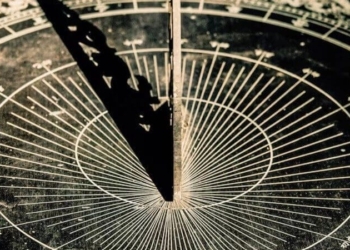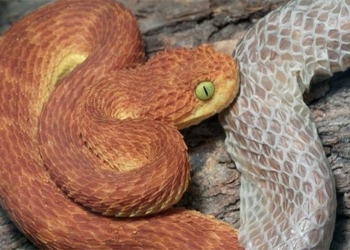In fact, some animal species can also exhibit behaviors related to adopting individuals of their own kind. These behaviors clearly predate the existence of humans.
So why do animals sometimes behave in this way? Michael Weiss, a behavioral ecologist and research director at the Washington State Whale Research Center, states that the act of caring for “youngsters” without familial ties or parents could have evolved because it provides foster parents with an evolutionary advantage.
What Does This Mean?
In 2021, a study published in the journal eLife aimed to investigate the impact of maternal loss on mountain gorillas. Researchers found that orphaned mountain gorillas over two years old would form deep bonds with other members of their group, particularly with dominant males.
The mountain gorilla group consists of one dominant male and several females along with their offspring. In this structure, the leading male mountain gorilla will protect all the young gorillas in the group from attacks by hostile groups. In this way, the male enhances his status and increases his mating opportunities, thereby passing on his genes to female mountain gorillas.
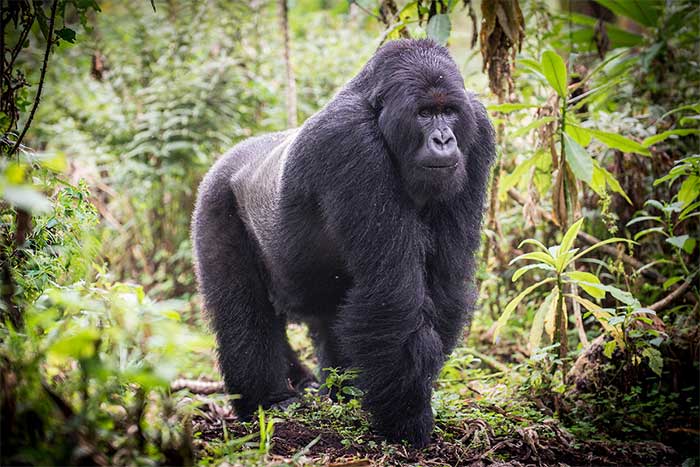
The mountain gorilla (*Gorilla beringei beringei*) is one of the two subspecies of eastern gorillas, consisting of two populations. One population is found in the Virunga volcanoes in Central Africa, belonging to three national parks: Mgahinga in southwestern Uganda, Volcanoes in northwestern Rwanda, and Virunga in eastern Democratic Republic of Congo. The other population is found in the Bwindi Impenetrable National Park in Uganda. (Image: eLife).
Infant gorillas will sleep with their mothers at night, but if the mother dies or leaves the group, the leading male gorilla will allow the infant to sleep with him for protection.
Of course, females in the group will also happily care for orphaned infants left behind by other females, even though female gorillas may not necessarily gain any benefits from doing so.
Adoption is actually very common among primate species as it serves as a means to maintain social groups.
A study published in Scientific Reports in 2021 showed that two wild female bonobos actually adopted orphaned infants from other bonobo groups. Researchers speculated that this move might improve the social status of the adult bonobos.
- The first possibility is that the adopted orphaned infants may become future allies of their foster mothers. Additionally, the adopted bonobos are primarily females, leading scientists to speculate that they may form friendship bonds between groups.
- The second possibility is that female bonobos empathize with the orphaned infants and simply want to adopt them and care for them, as many biologists believe that primate species seem to be obsessed with the young of their kind.
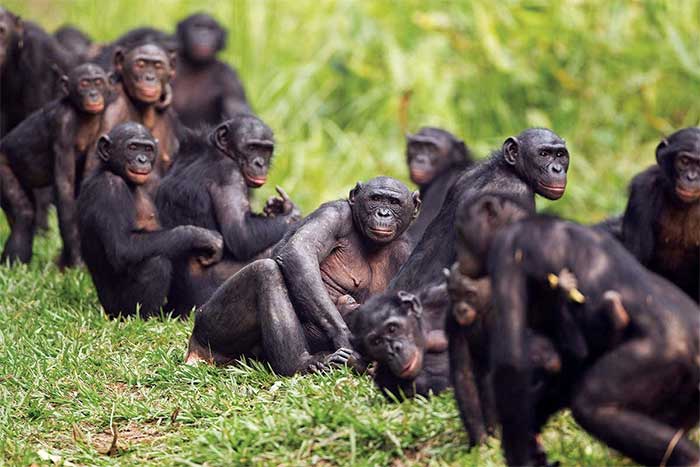
Bonobos, previously known as pygmy chimpanzees, are a large species of chimpanzee within the genus *Pan*. This species has relatively long legs, pink lips, a dark face, and a tufted tail through adulthood, with long hair on its head. Image: Scientific Reports
- The third possibility is that this adoption stems purely from maternal instinct. A study published in the journal Primates in 2023 revealed the story of a Tibetan macaque, where a female with two offspring adopted an orphaned infant and treated it as her own. This did not necessarily provide her with any support or social benefits; in fact, it made nurturing her own offspring more challenging, yet she still attempted to care for the orphaned infant.
However, if this type of maternal instinct is excessive, it seems to lead to negative consequences.
In 1987, a study published in the American Journal of Primatology reported on the abduction of a five-day-old yellow baboon. At that time, a female baboon abducted it, and although she was very gentle with the infant, the baboon lacked experience in caring for young, resulting in the abducted infant dying after three days due to starvation and dehydration.
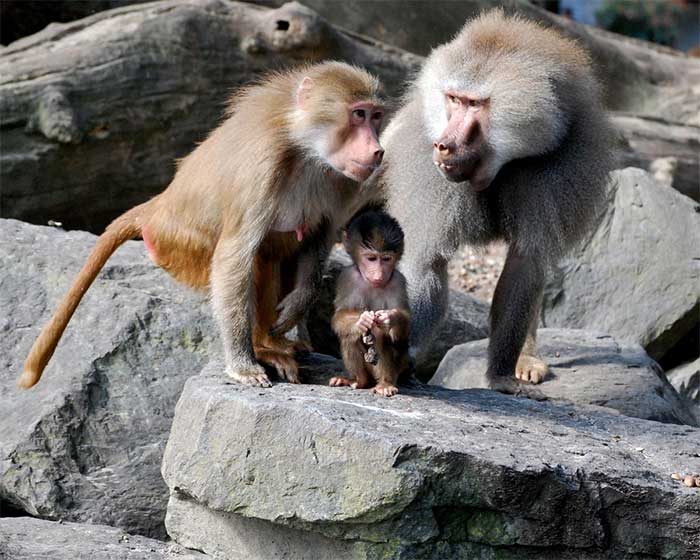
Baboons, often referred to simply as dogs, belong to a genus of mammals in the family Cercopithecidae, order Primates. This genus was described by Erxleben in 1777. The type species of this genus is *Cynocephalus papio* Desmarest, 1820. It belongs to the subfamily Cercopithecinae, which includes a total of five species. (Image: American Journal of Primatology).
Since primates are closer to humans, we seem to easily understand their adoption behaviors; however, in reality, many marine mammals, including whales, also engage in adoption behaviors.
Canadian marine biologist Morrison states: “Many marine mammals, especially those that have just given birth, become very fixated on newborns.”
In 2021, researchers in Iceland discovered that an orca had actually adopted a small pilot whale; in June 2023, scientists from the Icelandic Orca Project also found that a female orca had adopted another small pilot whale.
Some scientists believe that orcas may have abducted young pilot whales, but this does not provide any benefits to the orca. Producing milk is energy-intensive, and when adopting, orcas need to care for the pilot whale calves for at least three years… This is not beneficial for orcas and may lead to further complications.
In 2019, a study published in the journal Animal Behavior reported a case where a female bottlenose dolphin that had just given birth adopted a pilot whale. Researchers believe that the bottlenose dolphin may have motivation and tolerance towards the young since her own child was just born.
While evolutionary pressures seem to explain adoption behaviors in most animal species, they do not account for many individual cases, especially for highly intelligent beings like orcas.








































